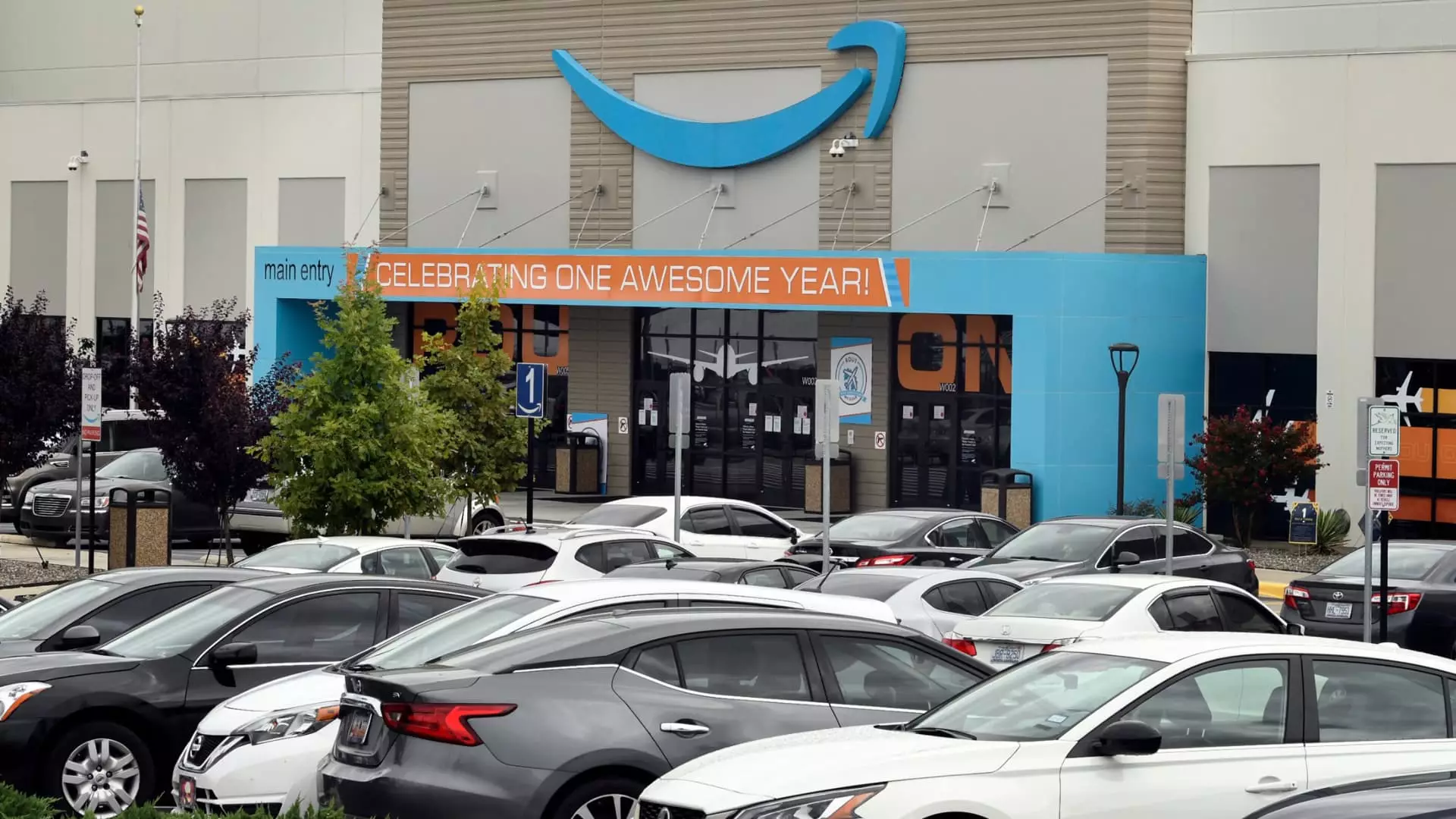In a significant yet disappointing turn of events, workers at an Amazon distribution center near Raleigh, North Carolina, have overwhelmingly voted against unionization. Out of 3,276 cast votes, 2,447 were against forming a union, with only 829 in favor. This critical vote, supervised by the National Labor Relations Board (NLRB), indicates a broader struggle faced by labor movements in the United States, particularly at a company like Amazon, which has shown a longstanding commitment to maintaining a non-union workplace. The implications of this decision resonate not just within the facility, known as RDU1, but throughout the entire labor movement as it grapples with challenges in organizing and advocating for workers’ rights.
The election at RDU1 followed three years of persistent organizing efforts from the Carolina Amazonians United for Solidarity and Empowerment (CAUSE). Despite the efforts of CAUSE, which sought to establish a stronger voice for workers in the face of Amazon’s corporate practices, the outcome reflects the divisions and complexities within the workforce. Approximately 4,700 individuals are employed at the facility, highlighting the scale of the workforce that was engaged in this voting process. The decision to unionize was influenced by various factors, including wage concerns and workplace conditions that many workers felt were insufficient, especially during the pandemic.
In a statement following the election, CAUSE expressed its disappointment, attributing the vote’s outcome to Amazon’s alleged illegal tactics aimed at intimidating employees. They argued that such a response signals the company’s fear of collective action and demonstrated a disregard for workers’ rights. Despite their loss, CAUSE announced its intention to continue organizing, indicating an unwavering commitment to advocating for better conditions, including a demand for wages to rise from the current starting pay of $18.50 per hour to $30.
In the wake of the election, Amazon has taken a firm defensive position, with spokesperson Eileen Hards asserting that the company’s practices did not interfere with the election process. The company expressed satisfaction that their employees had chosen to maintain a direct relationship with management rather than pursuing union representation. Amazon’s narrative centers on the notion that it provides an open environment for dialogue, and employees can freely choose whether or not to join a union without undue influence.
However, the contrasting viewpoints from CAUSE suggest a polarized landscape where many workers still feel vulnerable and unprotected within their jobs. Amazon has made efforts to position CAUSE as an “outside party” that does not genuinely represent the interests of the workforce, a tactic that seems aimed at delegitimizing the organization’s efforts. This dynamic lays bare the broader tension between corporate interests and the desire for collective worker representation.
The situation at RDU1 is reflective of a national narrative surrounding labor unions and workers’ rights. While public approval for unions remains high, at around 67%, and unions have seen increased visibility, actual membership in the private sector has only seen slight declines, highlighting a disconnect between supportive sentiment and organized participation. The most recent data indicates a union membership rate of just 5.9%—a sobering statistic that underscores the challenges many labor movements face in translating approval into membership and actionable union representation.
North Carolina stands out with the lowest union membership rate in the nation, at merely 2.4%. This statistic is particularly disheartening, considering that it suggests a broader systemic resistance to unionization efforts, compounded by historical, social, and economic factors unique to the region.
Despite the latest setback, the fight for labor rights at Amazon is far from over. Workers at RDU1 and similar facilities remain committed to advocating for their rights, emphasizing the need for systemic changes to address issues like wage disparity and job security. Unions and labor organizers across the country continue to strategize new methods to engage employees and advocate for better conditions.
The stakes are high, not just for Amazon employees, but for labor rights as a whole. The challenges they face are emblematic of a larger struggle that could determine the future landscape of work in America. As labor conditions evolve with the changing economic environment, sustained advocacy and solidarity among workers will be crucial in the ongoing fight for fair treatment and equitable labor practices.

